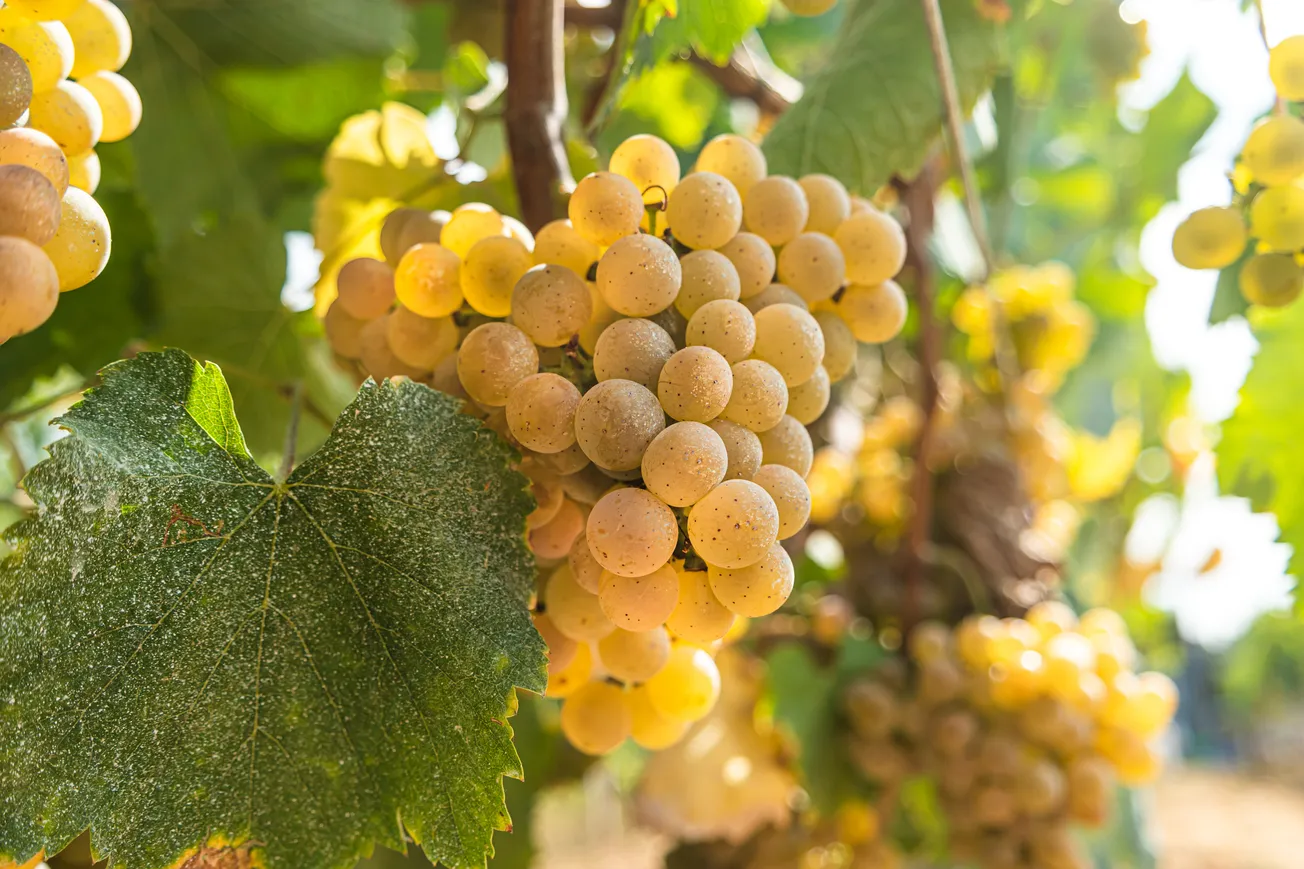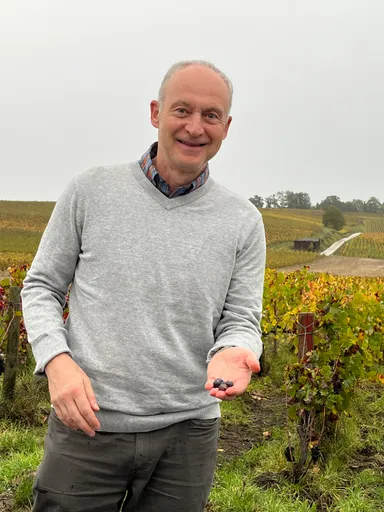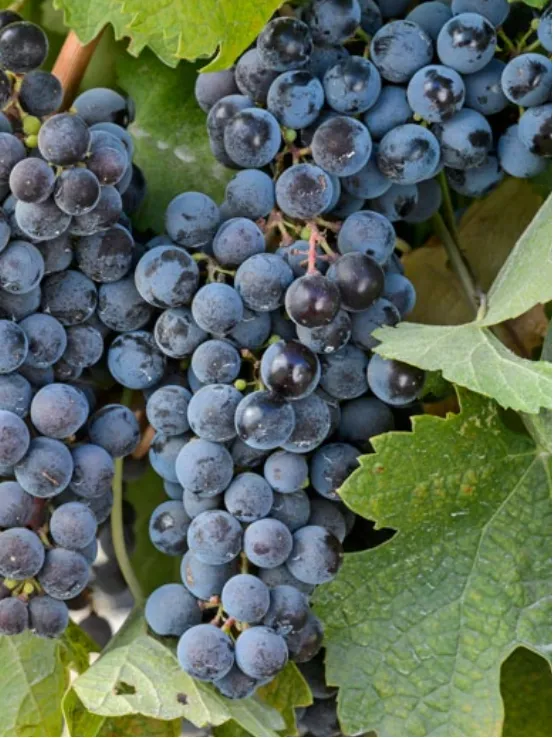Albariño (Spanish) or Alvarinho (Portuguese) is a variety of grape grown mainly in Galicia, an autonomous community of Spain on the Iberian Peninsula.
International Albariño Day was Aug. 1 and takes place each year on the last day of the Albariño festival, also known as Fiesta del Albariño, which occurs in Cambados, Spain in the week leading to the first Sunday of August. Cambados, located between Santiago de Compostela and Pontevedra, is the capital of the Rías Baixas wine region.
Albariño wines are known for their distinctive botanical aromas and citrus undertones. It is a delicious white wine to experience: On the nose, you smell aromas of nectarine, lime and grapefruit, with subtle hints of honeysuckle and occasionally beeswax. On the palate, Albariño wines have a weighty mid-palate and mouth-watering acidity that finishes with salinity and sometimes a subtle bitter note – like green almond or citrus pith.
Interestingly, Albariño also grows in California (Napa, Edna Valley, Santa Ynez Valley, and Los Carneros), Oregon and Washington State, and even places like Ukraine, Moldova and Uruguay.
Most Albariño wines are consumed young and fresh. However, due to the high acidity and phenolic structure (the grape’s thick skins) the varietal has incredible potential for aging. Wine from Albariño grapes is unusually light, with an alcohol level of about 11.5 to 12.5 percent.
The Cambados Albariño “competition,” started in the 1953 by the very first two Albariño winegrowers Bernardo Quintanilla and Ernesto Zárate in Rias Baixas, Galicia, has become the large Spanish wine festival where everyone celebrates wine, life and community.
A true Galician party, the event hosts musical performances and parades in a week-long marathon that attracts thousands of Albariño lovers. Wine glass-toting patrons throng rows of stands manned by winemakers pouring samples for the thirsty public, and a wine tasting competition still determines who gets the prize for the best Albariño. When they met for their first dinner in ‘53, Quintanilla and Zárate never could have dreamed that their friendly competition would grow into one of the most important events for an entire wine appellation and launch the Rías Baixas region to worldwide fame.
This emphasizes a good point: That wine competition in a wine community, like Calistoga (similar to Galicia, Spain, and many other wine regions), is a good thing. It promotes wine and pays respect to the winemakers who work hard to make it.
I truly hope that in the future, a Cabernet competition among local wineries will become a new tradition and a festival of wine in Calistoga, attracting tourists and locals to our amazing town and promoting wine, people and love for all good things in life. This can become an annual wine tradition, something big and special for our town, like the annual Lighted Tractor Parade or Calistoga Harvest Table.
Let’s make this happen!








